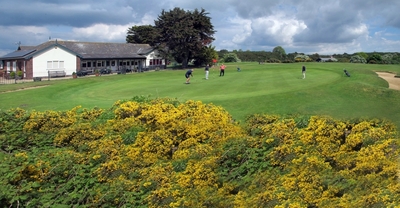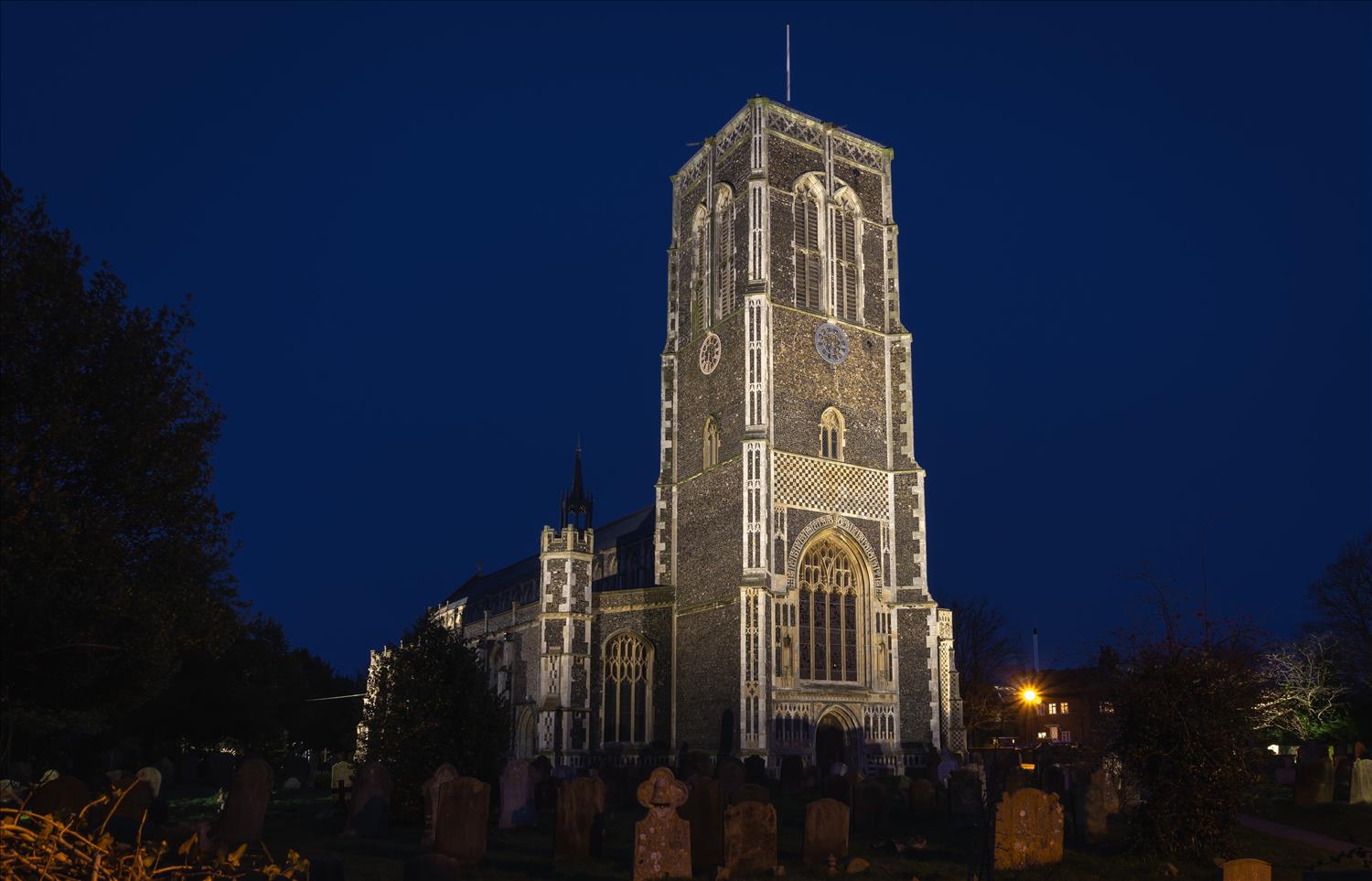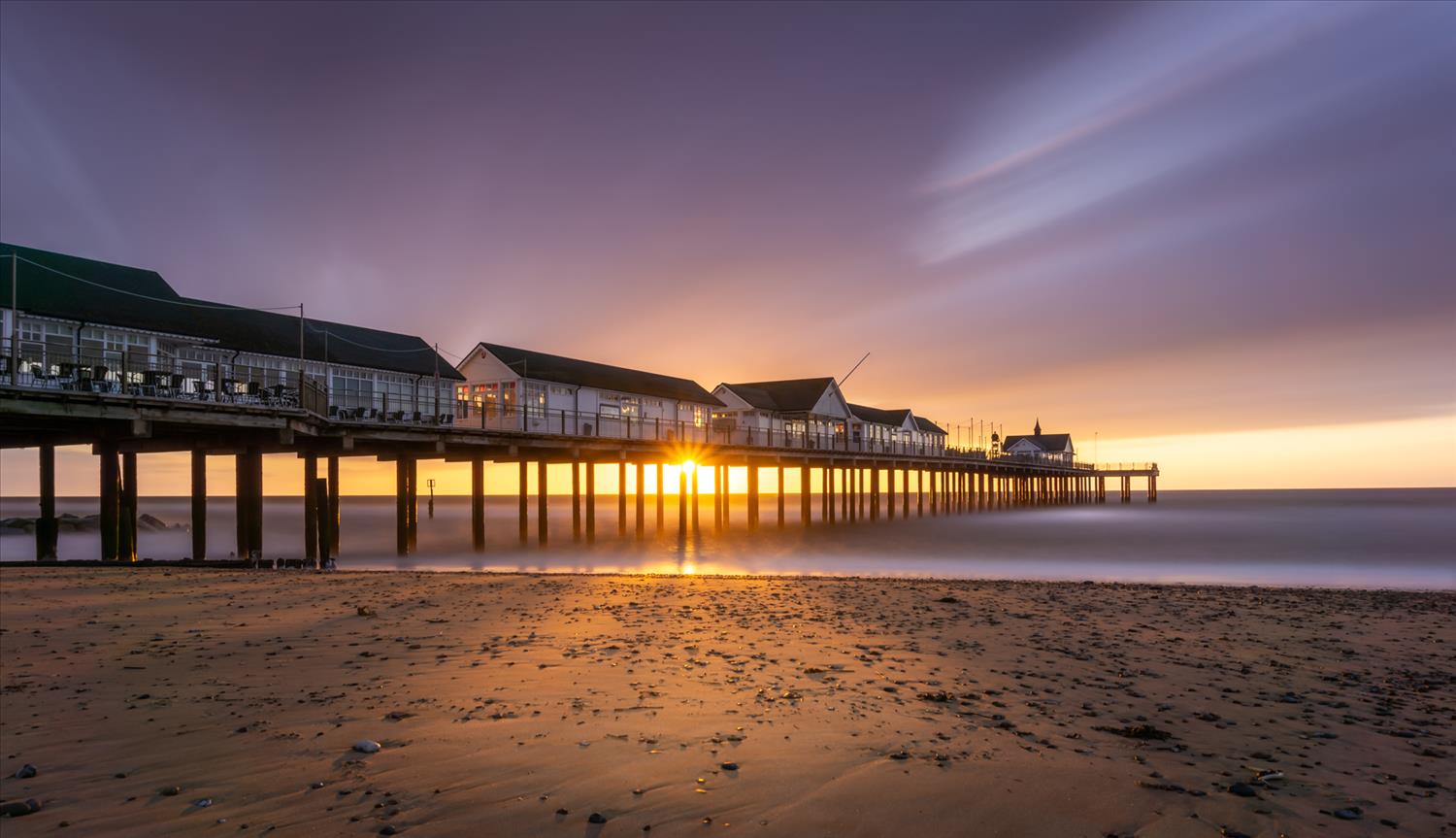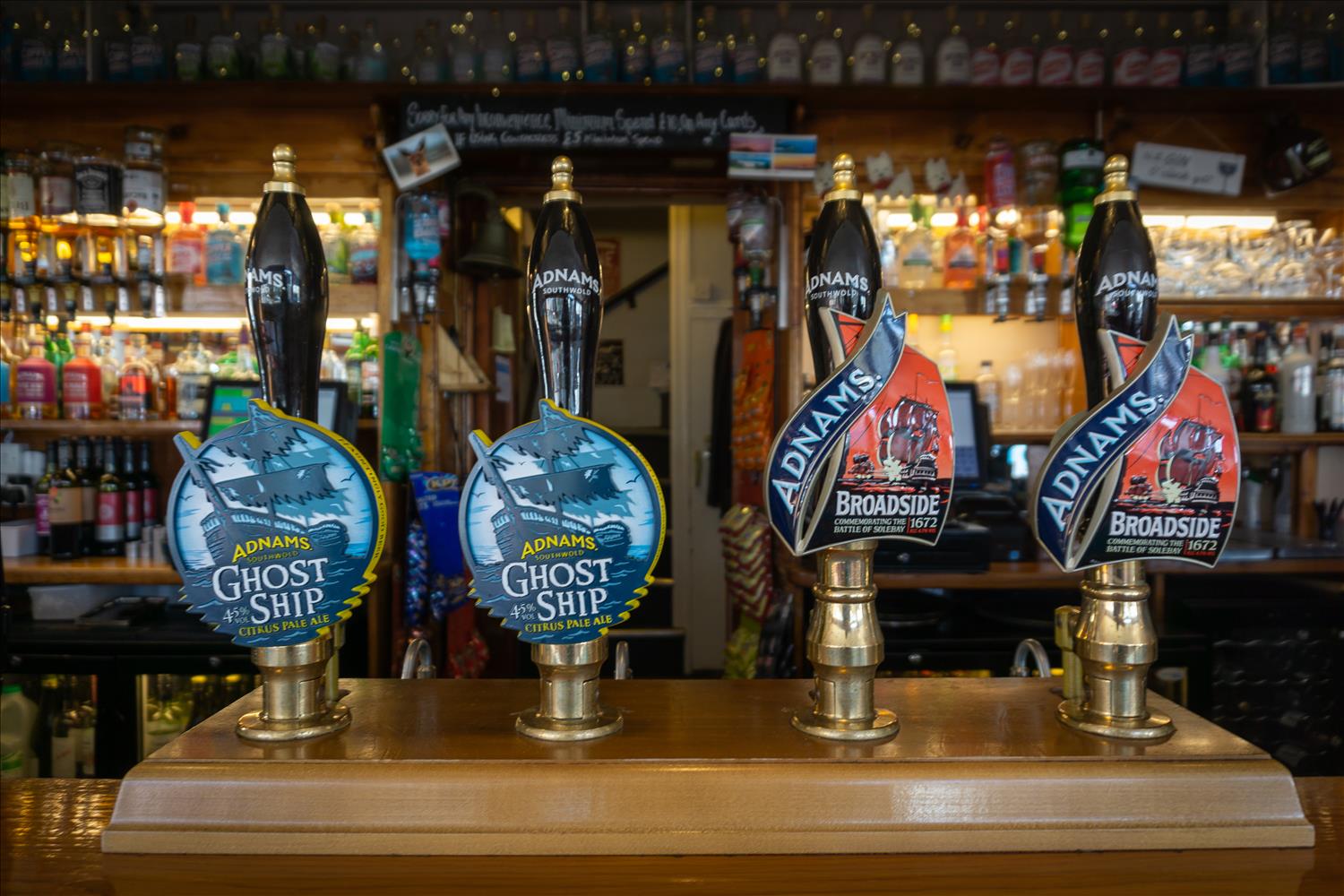You can trace Beach Companies at Southwold back to the late 18th century. Each Company had its own pilot house or communal watch tower. The places where once these stood are now replaced by Southwold’s famous beach huts.
The RNLI would initially have taken its recruits from the Beach Companies, but now its crew members come from all walks of life. One of Southwold’s earlier lifeboats the “Alfred Corry” now lives within sight of its current successor in the old Cromer lifeboat shed at the harbour and is well worth a visit. Also offering aid to local seafarers, the current lighthouse in Southwold has been shining since 1888. This can be ascended at various times of the year, which is advertised on its entry gate.
The old railway from Southwold ran to Halesworth from 1879 to 1929. Although much of the line is no longer evident, the walk from the bottom of Station Road, along side the golf course, to Walberswick follows the old track line.
In 1898 the sale of the Town Farm Estate to the East Coast Development Company led to the construction of Southwold Pier. Belle steamers from London brought visitors to the towns many hotels and boarding houses along its sea front. But bye the 1970’s the pier had dwindled to only 60 feet in length, following various storms and war damage. In recent times it has been restored to 623 feet and for the town a multi-award winning attraction.
Although Southwold’s high street has changed significantly over the last few years, it retains much of its charm and offers a blend of national brands and local businesses. For a history of the High Street and its businesses see:
SouthwoldandsonOne of the principal jewels in Southwold’s crown is the Common which was bequeathed to the town and its inhabitants in 1509 by William Godell. Recently the Godell sports pavilion has been erected to recognise this great gift to the town .
_c15180F.png)
_c15180F.png)




